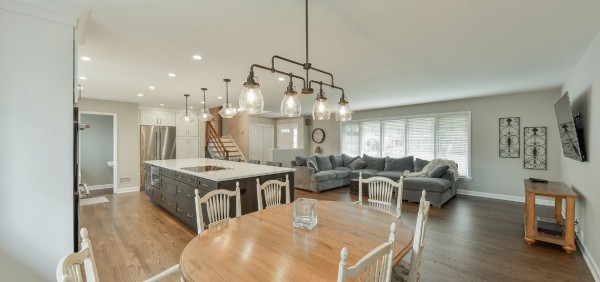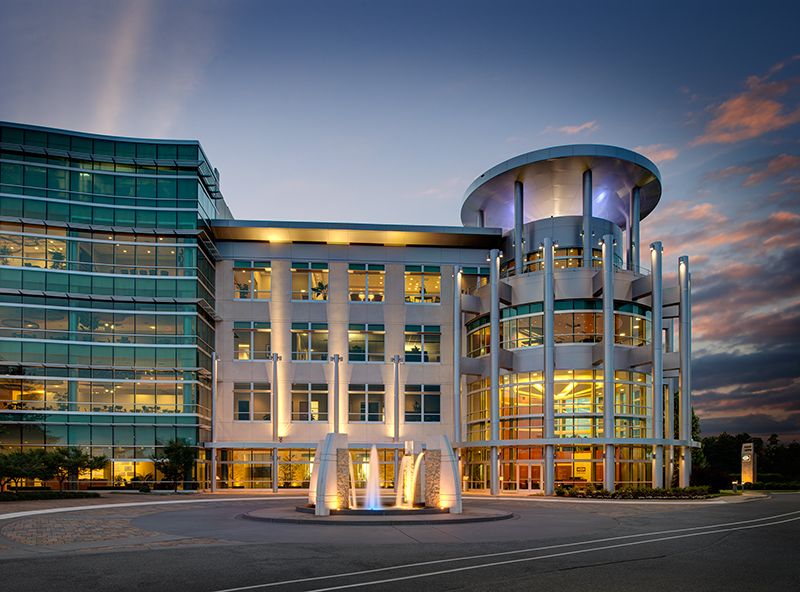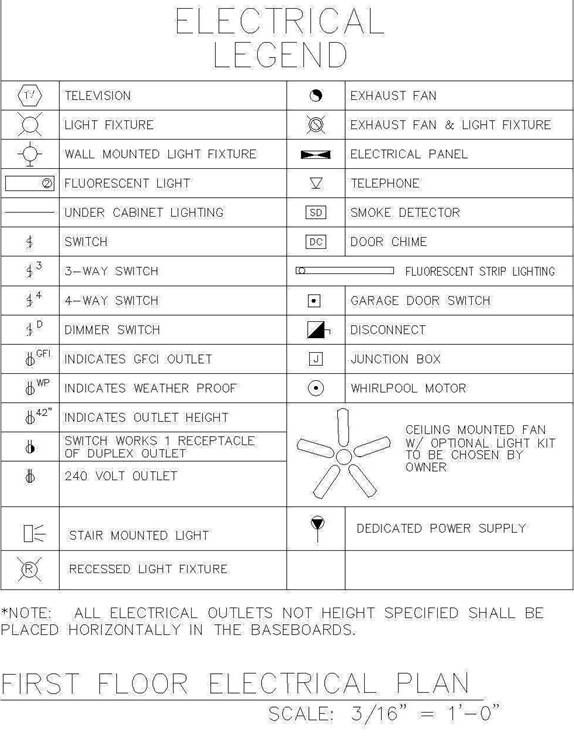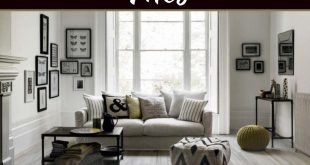The field of architectural lighting is at the interface of architecture, interior design and electrical engineering. By bringing together art, science and technology, an architectural lighting designer can leverage the properties of natural and electric light to create a spatial experience that is unique to any structure or interior.
Whether it is a linear pendant lamp that in one commercial lighting The application to highlight the architectural lines of a building and the modern, angular lighting or to illuminate the bay to highlight a traditional or modern ceiling strengthens the personality of an architecture.
Manipulating the light allows designers to create a sense of space and atmosphere for their residents. Different light sources meet different requirements. An architectural lighting designer has the technical know-how and experience to select the lighting that is best suited to exist in harmony with an architectural space.
With the current developments and advances in lighting technology, specification quality lighting fixtures allow architectural lighting designers the flexibility and creativity to customize lights from a wide variety of sizes, shapes, and features.
Here are some key factors to consider when determining the right architectural lighting variant for your application:
Size / dimension
- Architectural lighting fixtures are offered in various sizes and lengths – sometimes even custom lengths – to suit the dimensions of each room. With improvements in design, designers can now put lights together in patterns to match the many types of spaces that we move through.
Finished
- A great advantage of architectural lighting fixtures is the ability to paint virtually any color. Sometimes a unique project calls for a flashy color.
Assembly
- Different rooms require different mounting methods, regardless of whether they are hanging trailers, recessed or hanging surface or wall brackets. Architectural lighting fixtures can be tailored to meet specific requirements. With a variety of kits available, installation has never been less of a chore.
Light distribution
- Pendant lights and wall lights often have the option of directing the light in several directions. An apparently simple function can have a major impact on the lighting of an interior.
Light output
- On the way to more energy-efficient lighting, the light output of a luminaire can be configured in such a way that optimal lighting (measured in lumens) is generated without compromising quality and creating excess waste.
Bright color temperature
- Architectural lighting designers know that human visibility, productivity and health are affected by the color temperature of light, from cold light to warm light. The ability to adjust the color temperature helps ensure focus and productivity during the day, and comfort and tranquility at night.
driver
- Lighting fixtures are designed to provide dimming systems, sensors, and other technological enhancements that affect and improve the functionality of these lights. Architectural Lighting Designers work with the engineer and architect on each project to determine the right lighting system.
CRI
- The color rendering index is an important consideration because the higher the quality, the higher the cost, which leads to more accurate color rendering by the LED.
Beam propagation
- An important factor in the design of light designed to highlight, illuminate, or highlight the light distribution is considered when working with recessed lighting and track lighting.
The field of architectural lighting seeks to take full advantage of high quality lighting by showing how complex and differentiated our relationship with light, space and architecture can be.
 TopsDecor.com Home Decor Ideas
TopsDecor.com Home Decor Ideas







